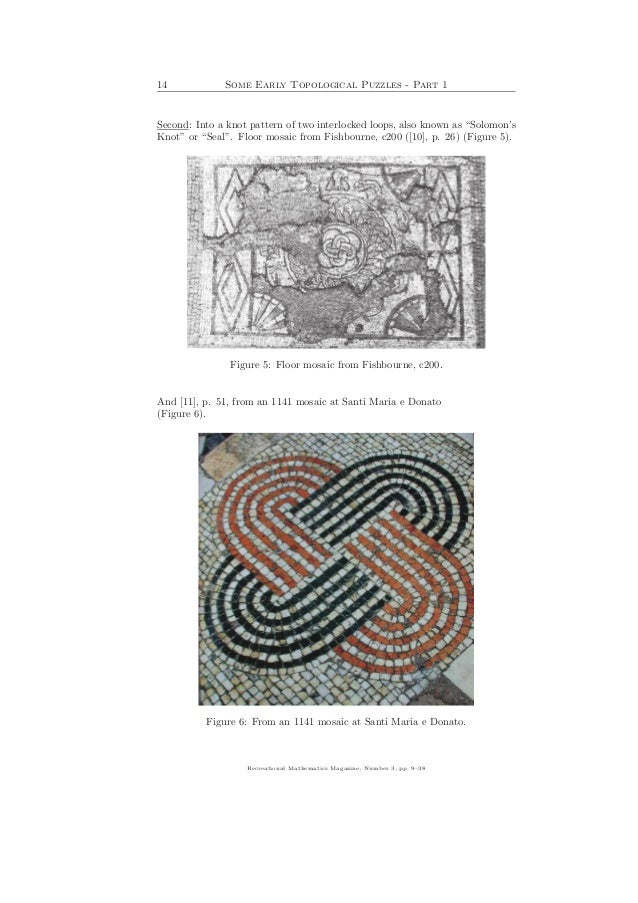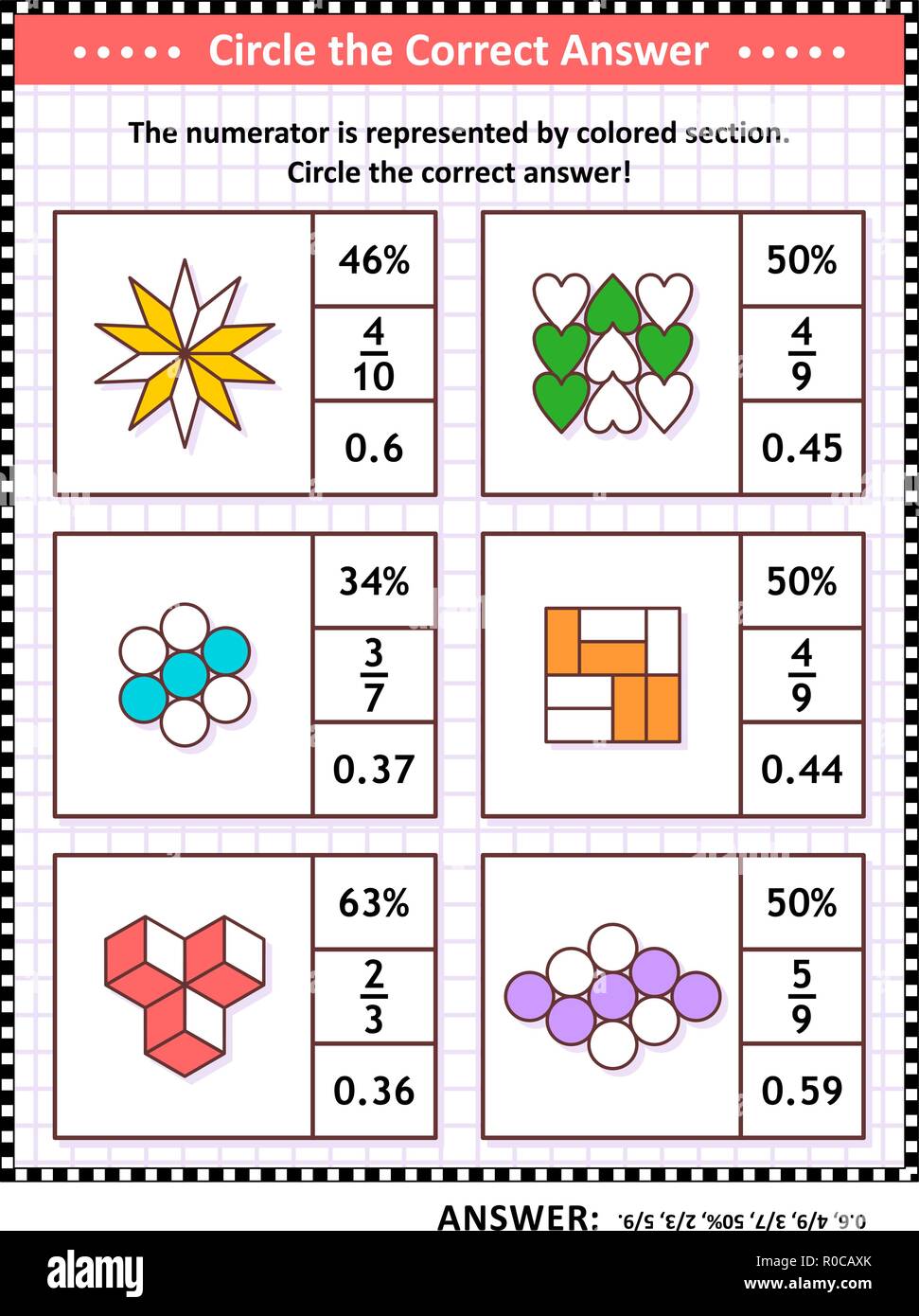

Helping students discern the two different addends by color.

#PICTORIAL REPRESENTATION MATH SERIES#
(Again, don’t worry! I promise to talk more about these and Lesh’s Translation Model, which you can begin to understand in the title image, as we go through the series too!) Concrete Representation While Concrete, Pictorial, and Abstract are three very important forms of representation, there are others to consider. The second problem with this model is that I feel it leaves out some very important ways that we represent mathematical thinking. Why is this a problem? Well, the magic of mathematical representations is not when they are created in isolation, but when we make connections BETWEEN them! (Don’t worry, I promise to talk about this magic more as we go through this series.) Problem #2 Unfortunately, folks then begin to also view these as “stages” and look at the representations in isolation. This leads them to believe that there is a starting point and an end point. Problem #1įirst, people often misinterpret this model as linear. Now, while I agree with the representations shown in this model, it’s not my favorite for two reasons.

I learned Piaget’s stages of cognitive development and the importance of moving from pre-operational to concrete-operational thinking, and how that applied to teaching math with manipulatives. This is the model I was taught in college. Many folks are familiar with the Concrete-Pictorial-Abstract model of representation (seen below), or at least the idea behind it. The one we will be discussing today is likely a familiar one: Concret Representation. Representations are how our brain communicates mathematical thoughts and concepts. I know I often talk about different math topics and skills, but today I want to enter into a discussion about how we represent those skills.


 0 kommentar(er)
0 kommentar(er)
